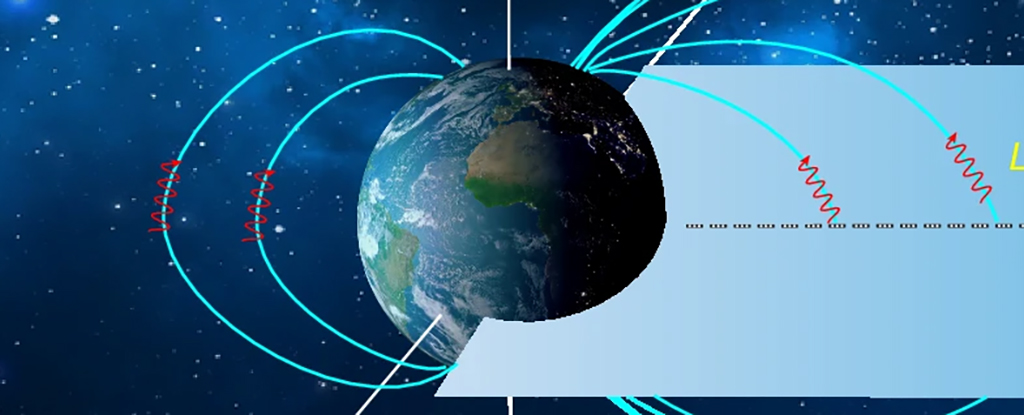Recent research has provided a deeper understanding of the mysterious craters appearing in Siberia. These craters, some as deep as 160 feet (50 meters) and wide as 230 feet (70 meters), form when thawing permafrost triggers sudden methane gas explosions. The permafrost thaw causes cracks, releasing methane gas stored deep underground, leading to these dramatic explosions.
Unique Geological Conditions in Northern Russia
According to Ana Morgado, a doctoral student and chemical engineer at the University of Cambridge, this phenomenon is extremely rare and specific to the Yamal and Gydan peninsulas in northern Russia. Cryopegs, which are ancient salty water pockets, exist only in this region, and they play a crucial role in the process.
Pressure Build-up and Explosions
Cryopegs, which were formed from prehistoric seas that existed during the last ice age, stay liquid despite freezing temperatures due to high pressure and salt content. As meltwater from thawing surface permafrost seeps into these cryopegs, the pressure builds up over decades. Eventually, cracks form in the permafrost, releasing the pressure and causing methane hydrates to decompose into gas, triggering an explosion.
Implications for Global Warming
Though the phenomenon is rare, the release of methane gas during these explosions could have a considerable impact on global warming. Methane is a powerful greenhouse gas, and its release could trigger further environmental concerns in the Arctic regions. These craters, which only appear in northern Russia, offer new insights into the complexities of permafrost thawing and its potential consequences for the climate.





